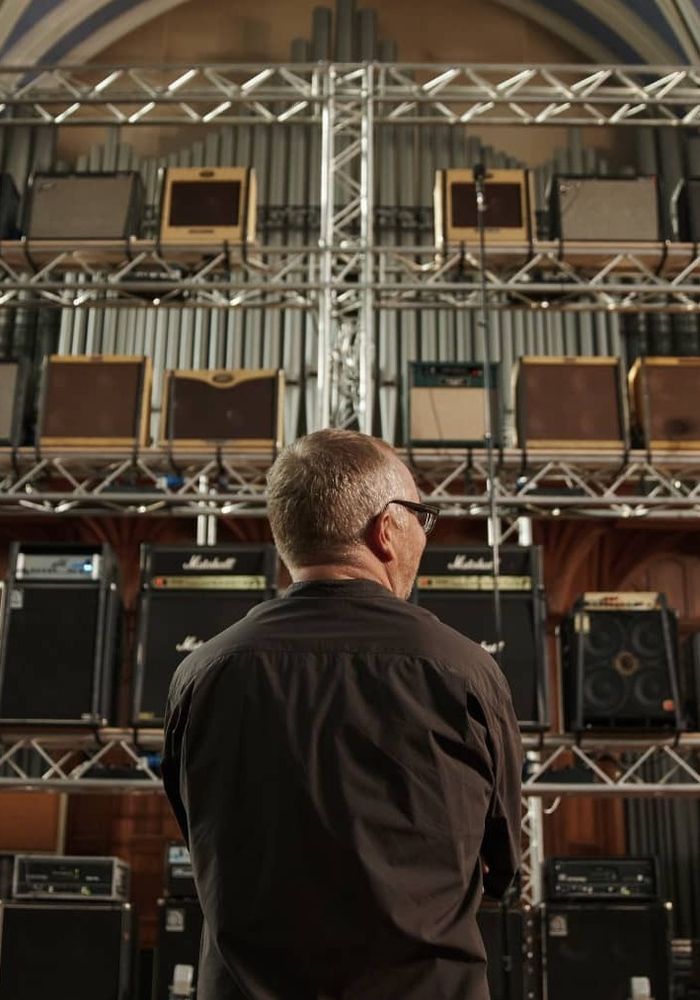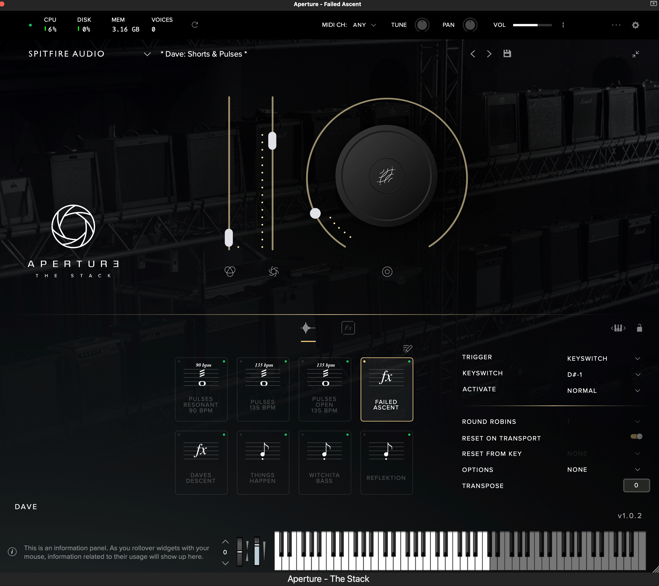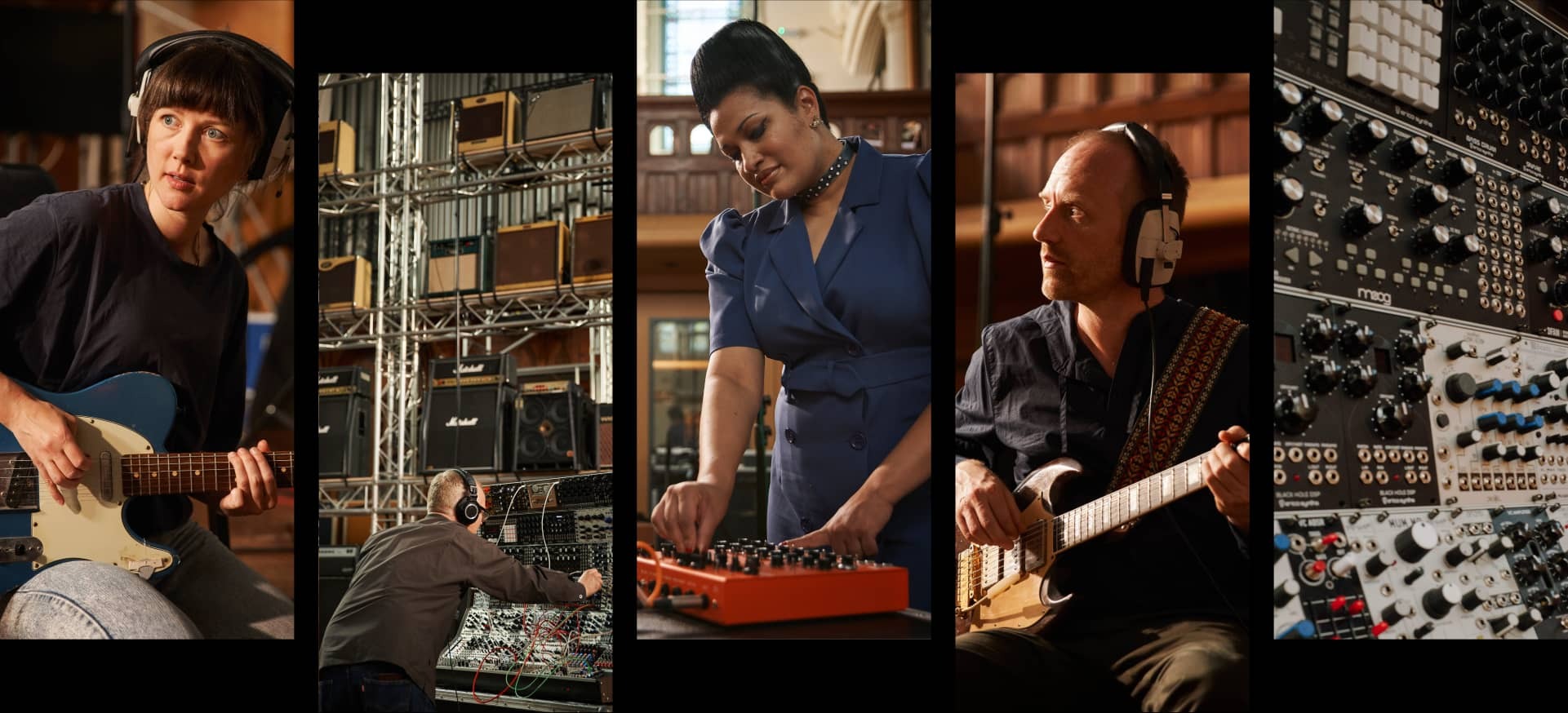Ever wondered what 56 amps and four subs would sound like if you stacked them all together and ran guitars, basses, drum machines and modular synths through them? Spitfire Audio has done all that, and more, in its new beast of a library, Aperture: The Stack. Touring musician and composer, Daniel Pereira, finds out just how powerful and inspiring this quirky VI can be...
Since the pandemic started, it seems to me that more musicians are turning towards instrument sample libraries. When it comes to composing, I have always struggled to filtrate which libraries I really need, although when it comes to Spitfire Audio, they always seem to hit the nail on the head. Aperture: The Stack, Spitfire's latest offering, was recorded at London's iconic AIR Studios, and is arguably the manufacturer's most inspirational yet.
Anyone who knows Spitfire will be aware of their prestigious orchestral sample libraries. However, Aperture: The Stack was a surprise, and is unlike any other thus far. Guitars and basses are at the core, along with many a drum machine and modular synth, all of which have been played through a whopping wall of 56 amplifiers. As a guitarist for the band Fuzz Skyler, and a composer with a fascination in modular synths, it's essentially all my Christmases come at once.





